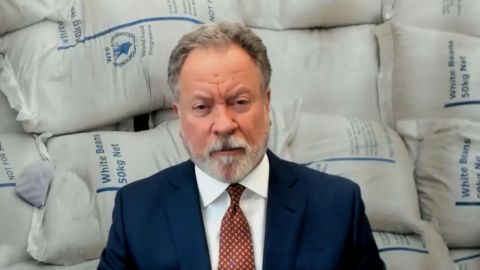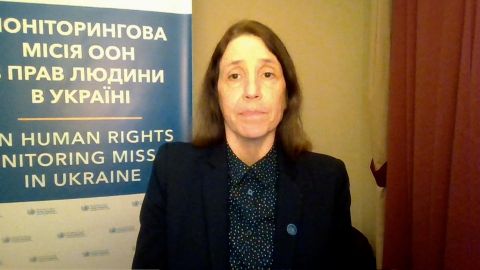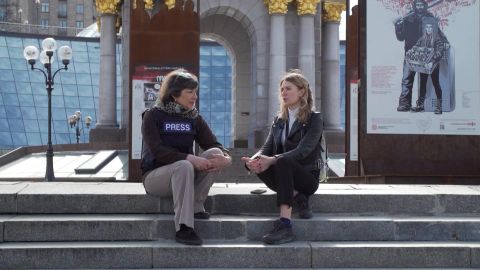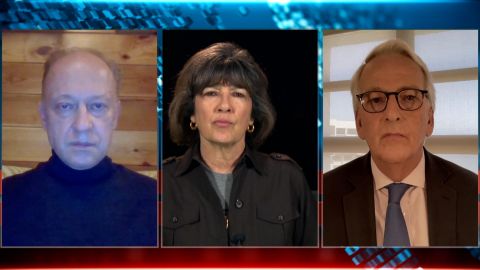Read Transcript EXPAND
MATILDA BOGNER, HEAD OF U.N. HUMAN RIGHTS MONITORING MISSION, UKRAINE: And, according to our methodology, we need to verify each individual casualty. We can’t accept to other people’s estimates. We have to verify each casualty. And it does take a lot of work. It also requires us to have information. And in places like Mariupol, where there is no electricity, where communications are cut, it’s very difficult to get the information that is needed. So we assess that our statistics are quite accurate, although they are below the full numbers, but they’re relatively accurate for most of the country, but not for those areas such as Mariupol, Volnovakha, these places that have been in very severe hostilities. We’re trying to do an estimate of the casualties in some of those places through broader information, not through counting each individual casualty, but trying to gather other information. So far, we estimate that there are probably thousands of deaths in just Mariupol.
CHRISTIANE AMANPOUR: So, let me ask you. I don’t know whether you can hear, but an air raid siren has gone off. So, hopefully, you can hear my question. What accounts, do you think, for this heavy civilian toll? The Russians, as you heard in our report, deny that they attacked that clearly marked theater-cum-shelter in Mariupol. In fact, they say came from inside, and they blame Ukrainians. In your view, from your estimates and your ability to assess, what do you think accounts for the high toll in civilian death?
BOGNER: Well, there’s clearly been a lot of shelling going on in Mariupol. We have been looking at the numbers of houses and apartments that have been shelled. And it’s thousands of apartments have been shelled in Mariupol. Then there are these big cases, such as the theater, but also the hospital number three, which we assess was it by Russian airstrike. And these have all led to a lot of casualties. So it’s just the high intensity of the shelling. It’s also the fact that the city is besieged. It’s not easy for individuals to leave the city. Some have done so. Some have done so under dangerous conditions, and others are not able to. So those who are left there are the most vulnerable, are old people. They are people with disabilities, people who have not been able to find their ways out of the city. And then they are particularly vulnerable. They’re not able sometimes to go down into the shelters. They stay in their apartments. And that makes them more vulnerable when shelling comes in.
About This Episode EXPAND
Ivo Daalder and Andrey Kortunov discuss what the parameters of an end to the war in Ukraine might look like. Matilda Bogner, head of the UN Human Rights Monitoring Mission in Ukraine, gives an update on casualties. David Beasley, Executive Director of the World Food Programme, explains how the war could push millions around the world to starvation.
LEARN MORE



